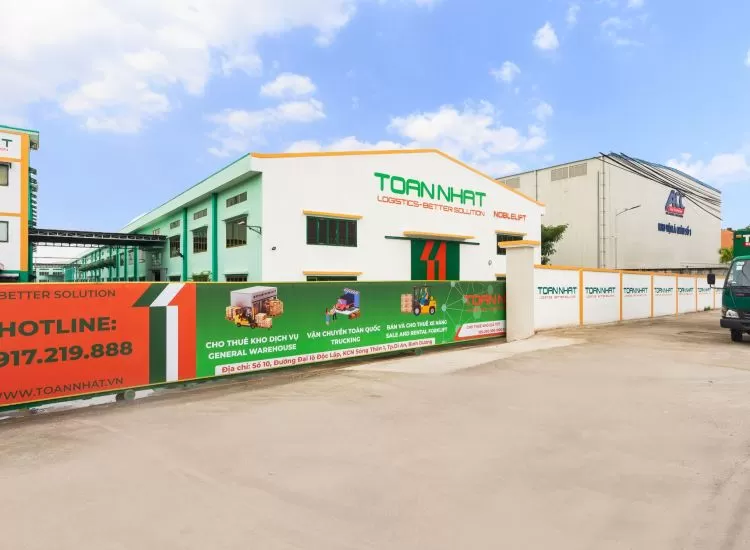Sea-Intelligence Reports Worsening Global Trade Imbalance
The global trade imbalance is worsening, leading to carriers potentially having to increase the cost of moving empty containers or raising return freight rates, Sea-Intelligence reports.
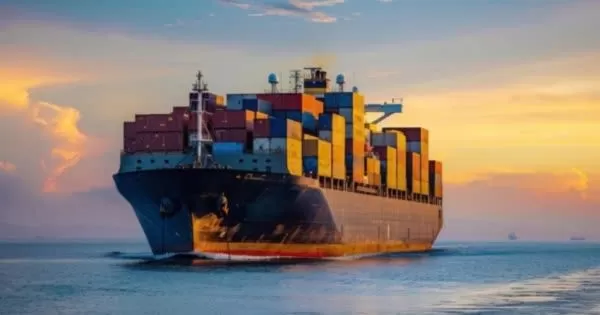
In its latest analysis, Danish maritime data analytics firm Sea-Intelligence has shown that the trade imbalance is worsening on the back-haul utilisation in the post-Covid period.
According to Sea-Intelligence data, pre-Covid, the back-haul vessel utilisation was hovering around the 50% but has been falling steadily since then, dropping below 40% for the first time in August 2024.
“If we also factor in the distance travelled by the container vessels, measured as TEU*Miles, we see back-haul utilisation drop below 40% for three consecutive months, with a record-low number of 36.6% in August 2024,” Sea-Intelligence points out.
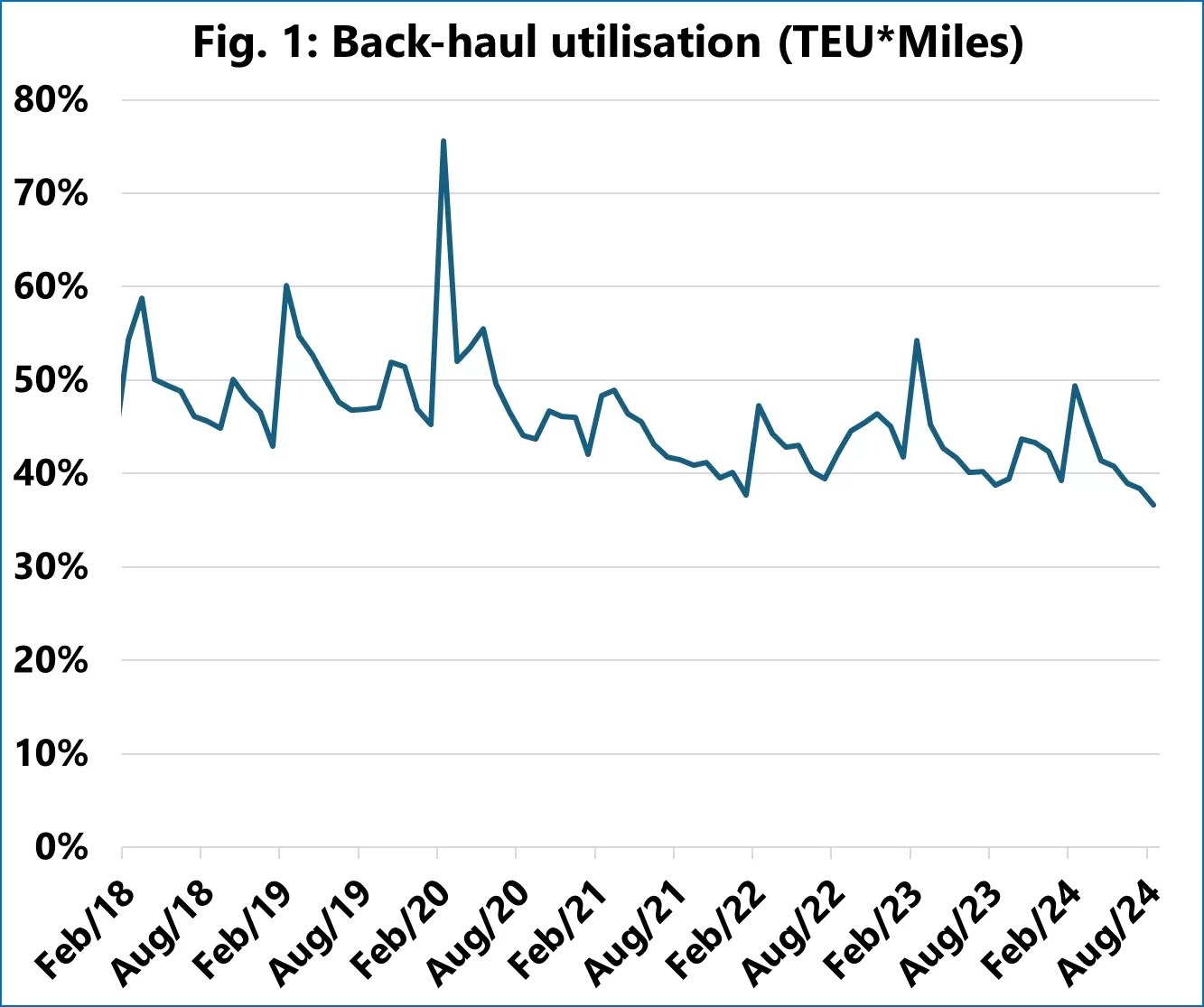
Back-haul vessel utilisation ( Source: Sea-Intelligence)
“It is therefore very clear that the trade imbalances, from a global perspective, have worsened sharply since before the pandemic. This is especially true for the five largest deep-sea trades in terms of volumes shipped, which have all seen a significant worsening in trade imbalance, compared to the situation pre-pandemic,” Alan Murphy, CEO of Sea-Intelligence, explained.
According to the analysis, this means that outbound trade lanes will increasingly “pay” to reposition empty containers, or back-haul shippers will have to pay higher freight rates.
“Whether a carrier will try to push this added cost imbalance onto the head-haul or the back-haul, will depend entirely on their strategy for serving either market,” Murphy concluded.
Read more:
- Fire at Hong Kong container yard destroys 10 containers
- Shippers advised to delay airfreight tenders until after turbulent peak season ends
- Air freight rates remain high despite falling demand during Golden Week
- International shipping and logistics market update - Week 41/2024
- Sea-Intelligence forecasts 10-17% capacity cut due to US East Coast port strike
- Marketing Solution: Advertise Shipping Schedules with Phaata Logistics Marketplace
- Hurricane Milton: Florida Ports Close; South Carolina Restricts Shipping
- Ocean freight rates fall and air freight rates rise as ILA strike ends
Source: Phaata.com (via Sea-Intelligence)
Phaata.com - Vietnam's First International Logistics Marketplace
► Find Better Freight Rates & Logistics Services!












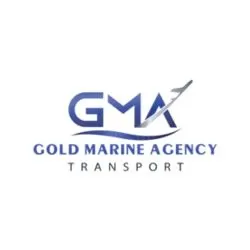
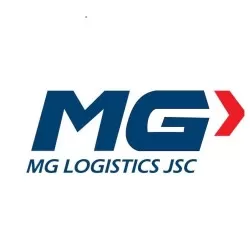








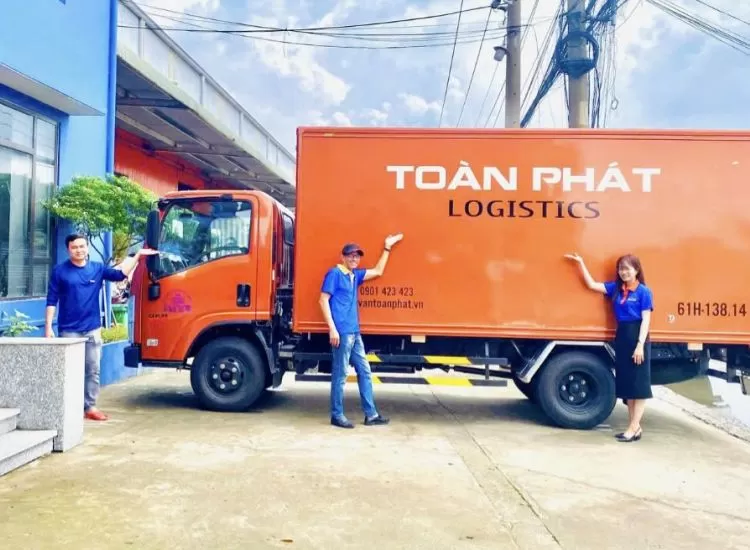
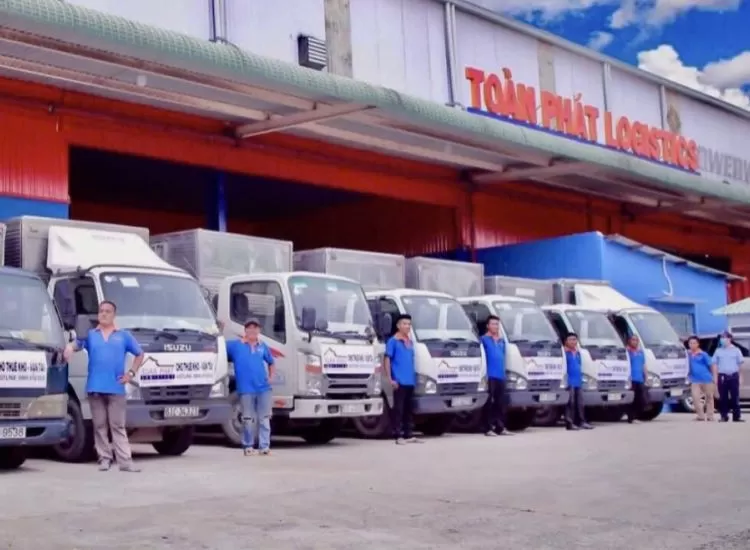
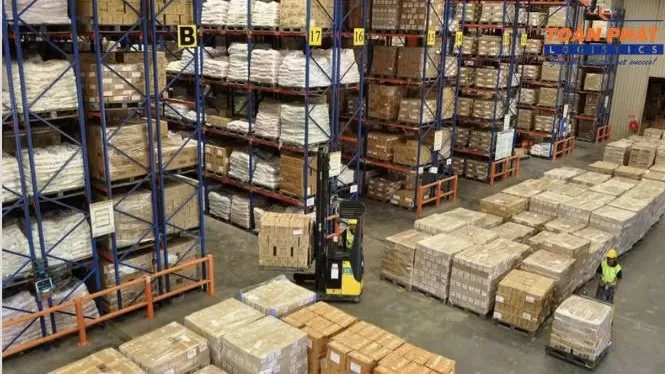


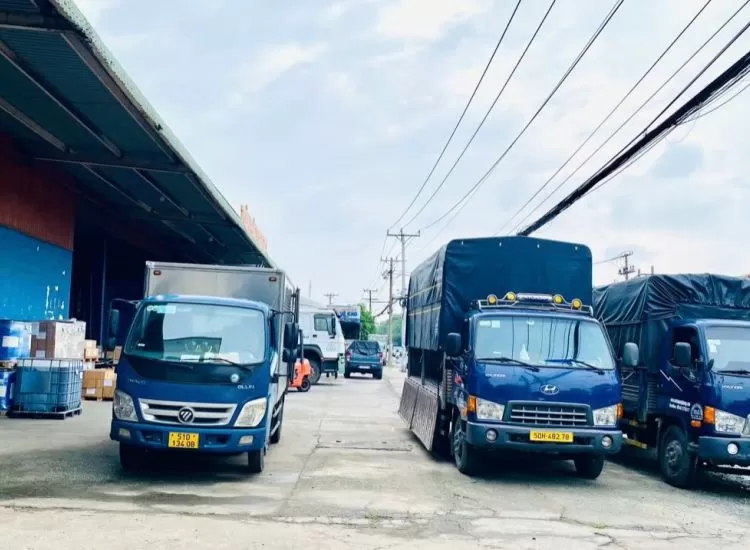

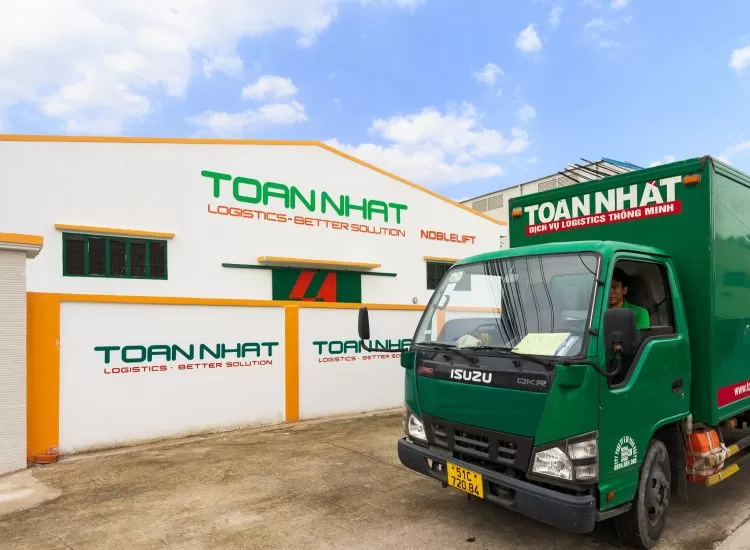
.webp)
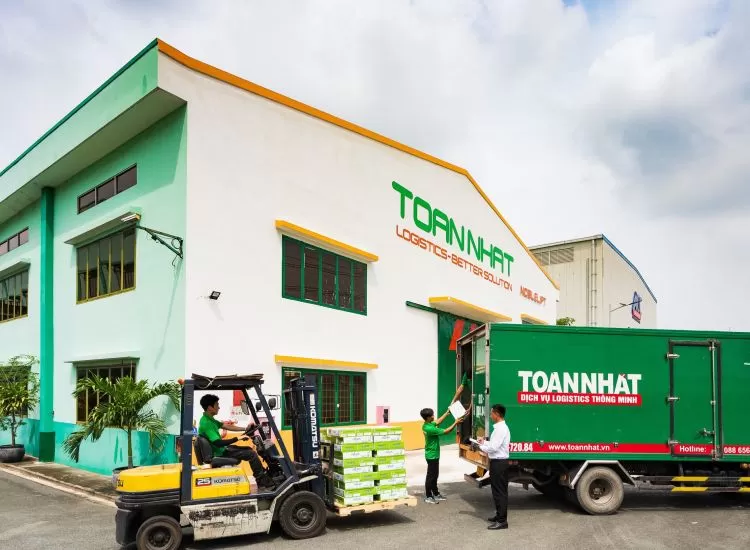
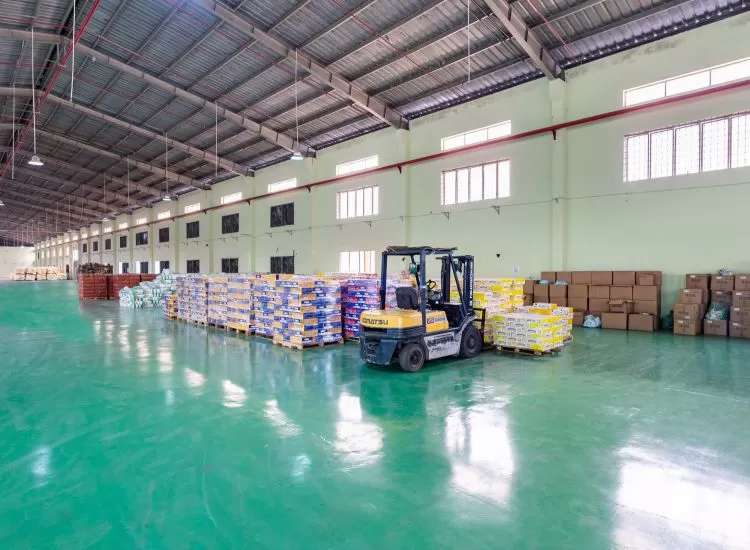


.webp)

